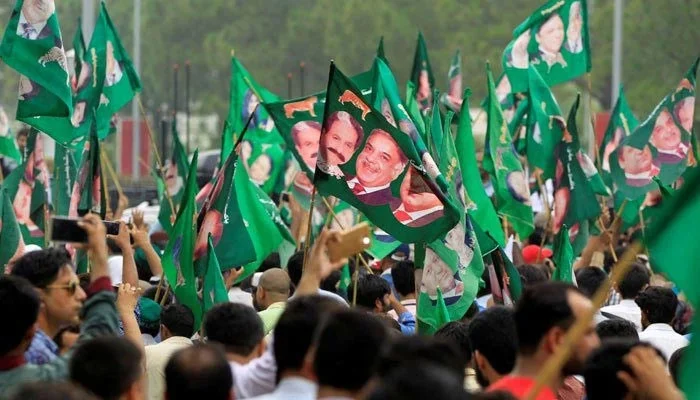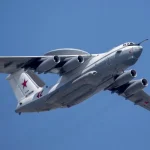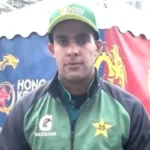ISLAMABAD Since Nawaz Sharif’s comeback, the popularity difference between Pakistan Tehreek-e-Insaf (PTI) and Pakistan Muslim League-Nawaz (PML-N) has rapidly closed, returning both parties to the same standing as before the 2018 elections.
This is true even if the general election, which will take place in about a month, does not yet have a campaign in motion. According to a recent survey, if elections are held today with PTI even having its symbol, it will be a tough race since, in contrast to popular belief in traditional and social media, PMLN has greatly recovered the territory it lost. Even in Khyber Pakhtunkhwa, things won’t be easy sailing.
The PTI was 15% ahead of PMLN a week before elder Sharif landed in Lahore, a survey then done by Gallup Pakistan revealed. According to a new study conducted by the same pollster between December 15 and January 7, this difference has now shrunk to 4%. A face-to-face sample of 5,000 people from around the nation participated. People who declared they would vote for PTI did so with the intention of voting for Bat. The finding about the diminishing gap that was described above relates to Punjab.
The popularity disparity is only one to two percent in the three regions of the largest province, South, Central, and West Punjab.This difference is consequently too little to be taken into account, as the pollsters also factored in an error margin of two to three percent. However, PTI is 10% more popular than PML-N in northern Punjab, which mostly encompasses the districts located in the Rawalpindi region.
This is also dubbed a martial belt, as the bulk of recruits in the army are from this region. It is often believed by pollsters that soldiers—both active and retired—remain largely loyal to their department, even when it comes to politics. A recent survey confirmed this belief. The pollsters view the diaspora community from this region as a counterbalance, which accounts for the PTI’s advantage in this area.
Furthermore, it is still true that PTI enjoys popularity among the ranks and files.Another pollster is likely to concur with Punjab’s pulse. According to Tariq Junaid, executive director of the Institute of Public Opinion Research (IPOR), “the seats won by PML-N in 2018 are largely intact.”
His group is currently working with the PML-N to survey various constituencies in order to select the most qualified candidates for the elections. He explained the current state of affairs and predicted that the party will hold onto the seats it won in the Lahore and Gujranwala divisions in 2018. Teams from the IPOR are stationed in various areas in order to conduct the survey.
Tariq claimed that because of fear and other issues the party is currently facing—namely, the imprisonment of the party’s top leadership—his crew was unable to locate any PTI banners during the study. That might also influence their choice to cast a ballot on election day. A little over 50% claimed they would vote for the PPP following Benazir Bhutto’s murder, and on election day, that percentage dropped to 35%, he added.
Gallup Pakistan’s executive director, Bilal Gilani, concurs that the PTI has been dealing with some challenges in the current environment, and it may have an impact on the confidence of its supporters on election day.
In light of this, he stated, the PTI’s current slight advantages in popularity may not transfer into victory, particularly with one month left in the election cycle. According to him, both parties nearly received the same total number of votes in 2018. By adding the electables from South Punjab, the dent was made.
The pollsters claim that, contrary to popular belief, the PTI is not as popular as it seems in the media. In 2018, the KP gave the PTI 38% of the vote, with the other parties receiving the remaining 62%. Even if the PTI has gained ground, it is still just 5%, so electoral alliances could put the party in a difficult position. An alliance between PML-N and JUI-F in the Hazara region and in South KP can put up a tough fight against the PTI, as Nawaz Sharif and Fazlul Rehman are popular in those regions. Likewise, Bilal explained, a PPP and ANP alliance in Malakand Division can be detrimental to PTI there. Contrary to Punjab, the vote in KP is split among more than three parties, as the PTI, ANP, JUIF, PPP, and PML-N have strong support pockets. In Punjab, PML-N, PTI, and Tehreek-e-Labbaik Pakistan are the three parties with support of more than 5% in each case.







